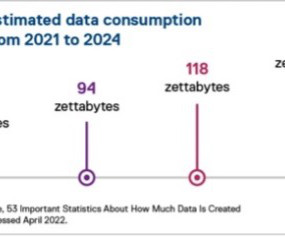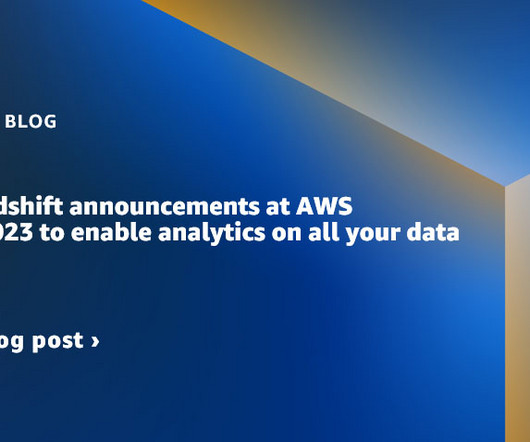The Future of the Data Lakehouse – Open
CIO Business Intelligence
JUNE 23, 2022
Cloudera customers run some of the biggest data lakes on earth. These lakes power mission critical large scale data analytics, business intelligence (BI), and machine learning use cases, including enterprise data warehouses. On data warehouses and data lakes.














Let's personalize your content